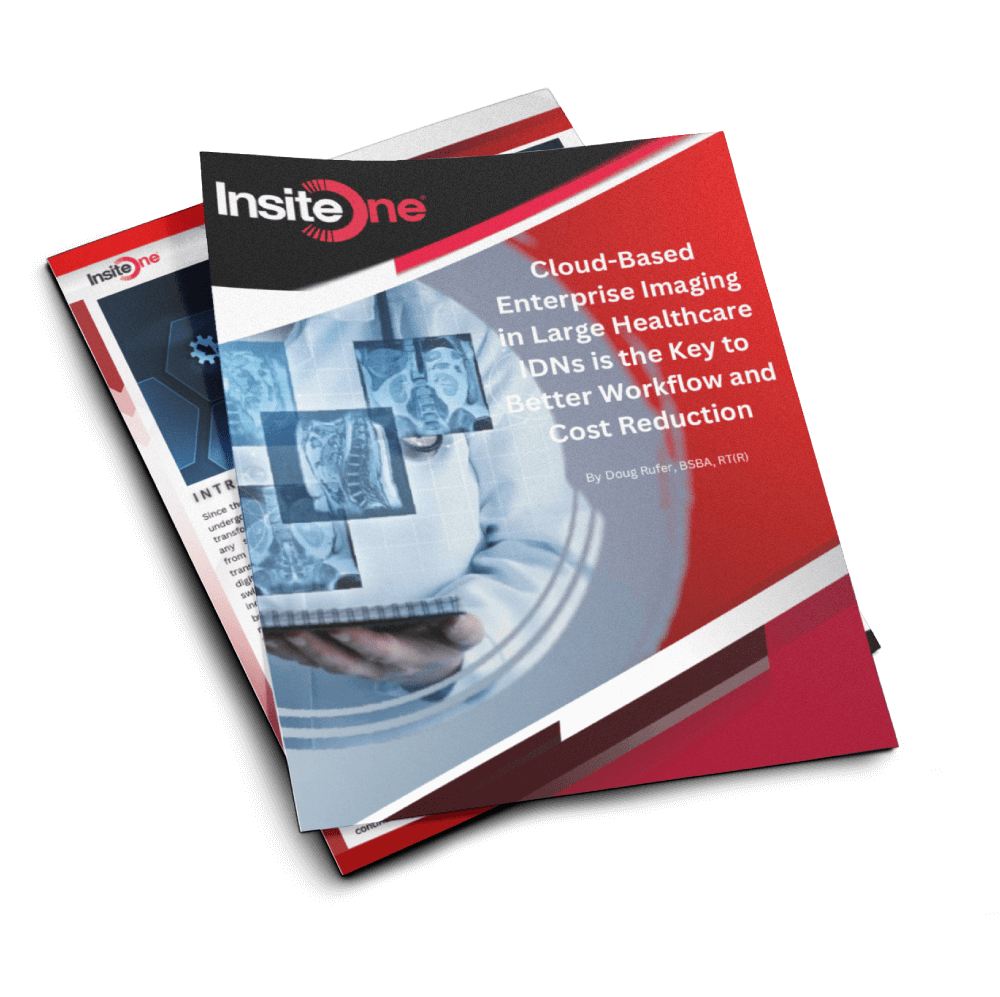Why It’s Time to Reimagine PACS and Take Control of Your Imaging Future
RSNA Wake-Up Call As radiology leaders prepare for RSNA 2025, one theme echoes louder than any keynote, imaging is evolving faster than the infrastructure beneath it. While the industry embraces AI, cloud workflows, and enterprise interoperability, too many health systems are still chained to legacy PACS environments built for a different era that do not […]




